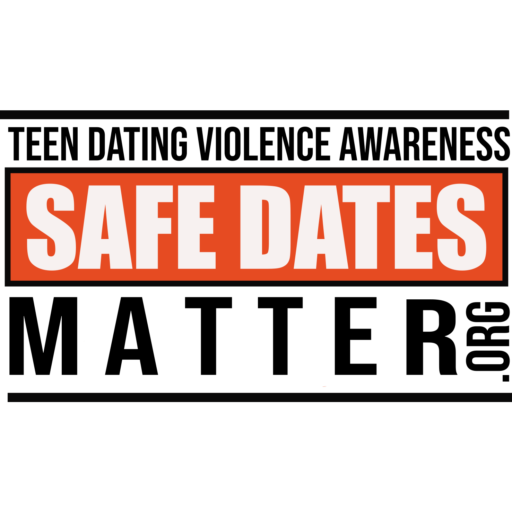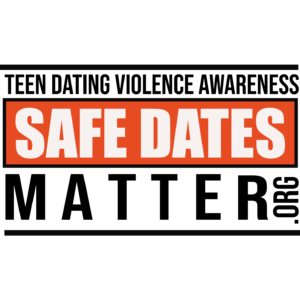A safety plan is a practical guide that helps lower your risk of being hurt by your abusive partner.
Everyone deserves a relationship that is healthy, safe, and supportive. If you are in a relationship that is hurting you, it is important for you to know that the abuse is not your fault. It is also important for you to start thinking of ways to keep yourself safe from the abuse whether you decide to end the relationship or not.
While you can’t control your partner’s abusive behavior, you can take action to keep yourself as safe as possible.
Safety planning is important at all stages of your relationship.
It is important while you are still in a relationship, and often even more important if and when you choose to end an unhealthy relationship.
A safety plan involves thinking about all the situations you could find yourself in that could jeopardize the personal safety of you and others around you, and how you could reduce the risk of harm.
For instance, if you are thinking about leaving the relationship but are not yet ready to go, you can plan how you will handle situations when your partner gets angry, or how to minimize your time alone with them. A safety plan should be very specific to your situation and potential for harm.
One thing we know about abusive relationships is that the most dangerous time for a victim is when they leave, and the weeks and months after leaving when the abusive person realizes they have lost control over their partner.
Safety planning is an important process that can help you calmly work through all the things that could happen and the steps you can take to improve your safety.




